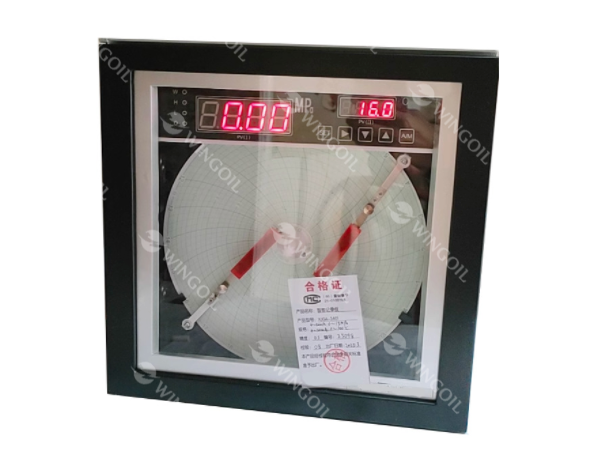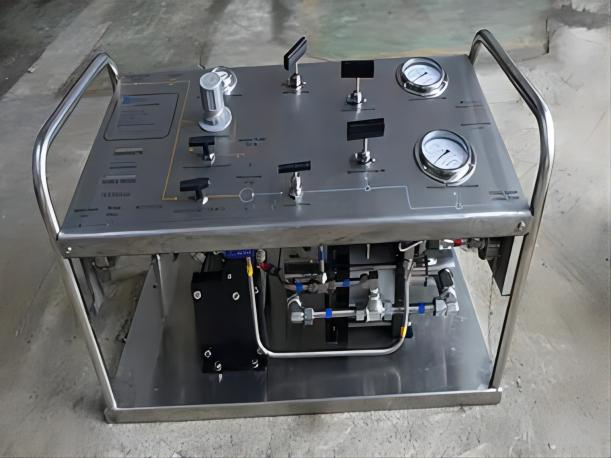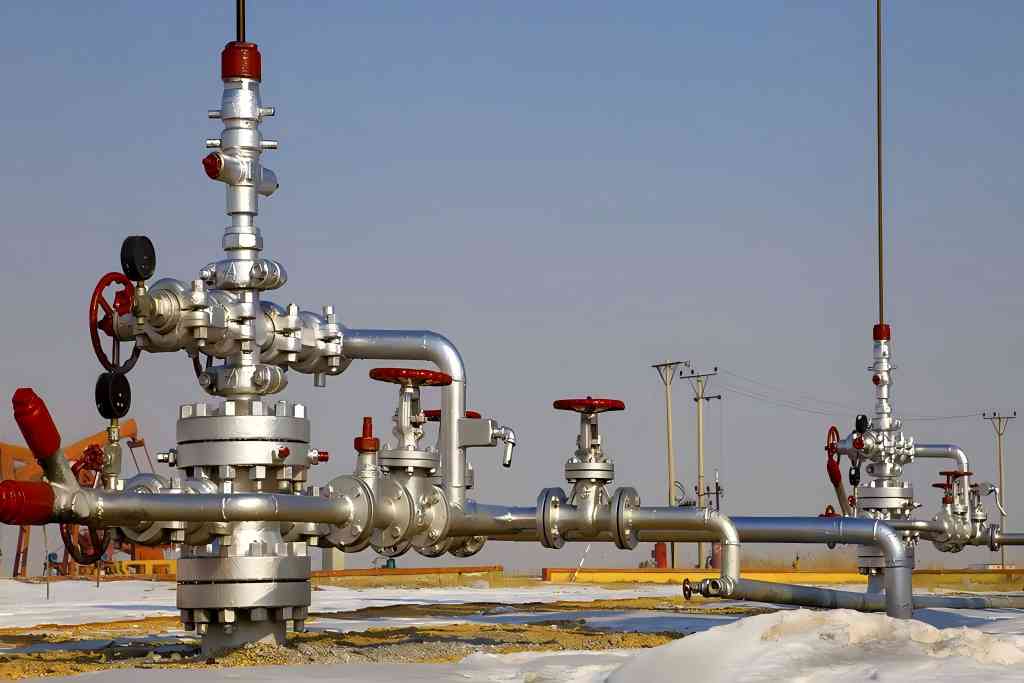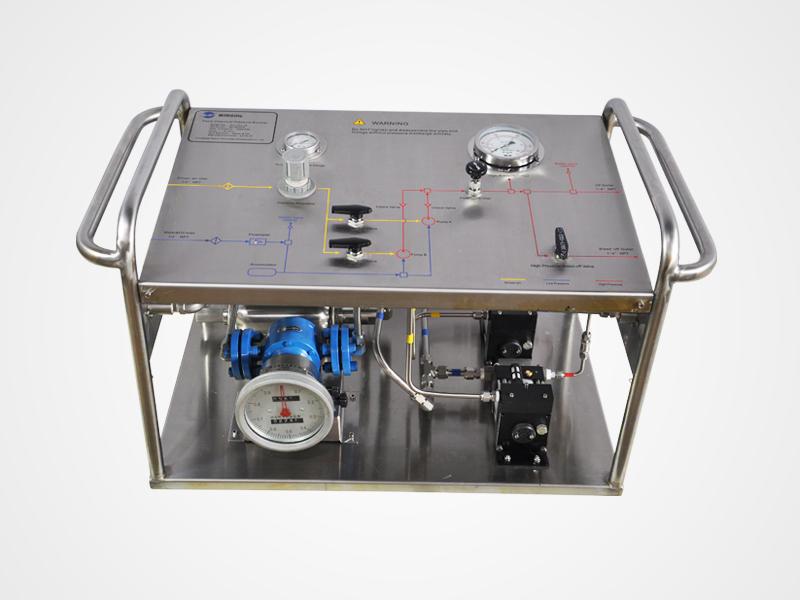How is hydrostatic testing applied in industry?
Hydrostatic testing significantly reduces the risks of testing failure and safety issues when compared to other pressure testing techniques. Industrial firms face many uncertainties when seeking pressure testing services. The safe and effective production, reprocessing, storage, and transportation of industrial items depend on pressure testing. Inappropriate practices greatly endanger the profitability and productivity of businesses. This article will look at the method, uses, and restrictions of hydrostatic testing in industrial settings.
What is hydrostatic testing?
In industrial practice, it is very critical that manufactured products are free from faults. Different welded sections’ structural integrity shouldn’t be jeopardized. There are numerous testing procedures in use to make sure of this. Testing under pressure and vacuum is one technique used. Vacuum testing is conducted from within the product while pressure testing is conducted from the outside.
Low-pressure containers are frequently retested using hydrostatic testing pumps to confirm their structural integrity and capacity to withstand pressure. Hydrostatic testing cannot be done while the system is in regular operation and cannot find leaks after the test has been finished. In essence, hydrostatic testing includes figuring out how much a product expands when put under water pressure. When determining whether a product’s integrity has been damaged or not, the capacity to sustain such pressure is important. Failure to test various items can have negative effects, such as future catastrophes and the implementation of penalties for not adhering to standard operating procedures.
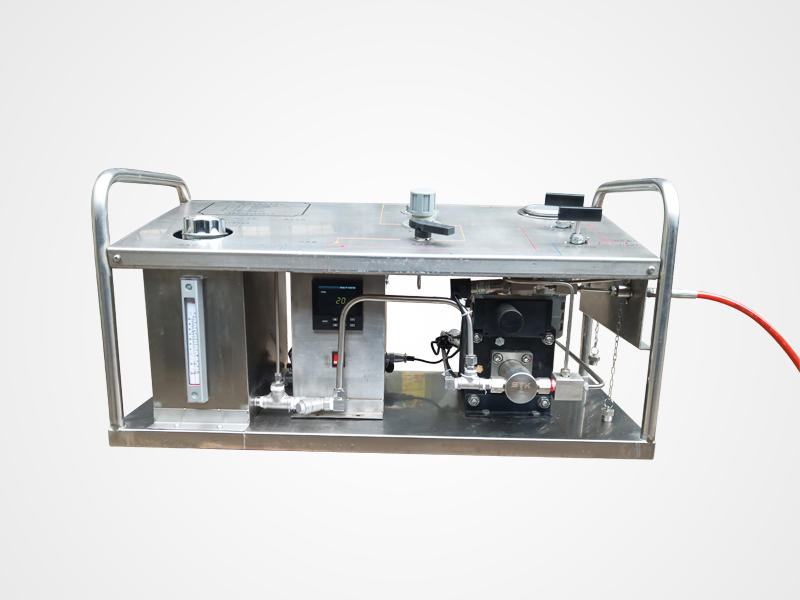
Different methods for conducting hydrostatic testing
Water Jacket – In this sort of hydrostatic testing, a tiny pressure vessel is filled with water and placed inside a test chamber that is also filled with water (called a test jacket). The vessel is then pressured to gauge how much water the vessel’s expansion displaces from the test jacket. Both under pressure and after depressurization, this is done. It is frequently not advisable to use vessels that exhibit a high percentage of expansion or a significant difference between their permanent and under-pressure expansion.
Direct Expansion – Direct expansion hydrostatic testing entails measuring a vessel’s unpressurized volume, much like the water jacket method does. In order to perform this, a vessel is pressured with water, and the amount of water released when the vessel is fully depressurized is then measured. This technique is less precise even though it produces the same values as water jacket hydrostatic testing (the percentage of permanent expansion and expansion under pressure). Consequently, regulatory agencies rarely approve of it.
Proof Pressure – Particularly in the US, this hydrostatic testing technique has few real-world uses. It does not produce any useful measures of the percentages of permanent or under-pressure expansion. Instead, it mainly offers details on leaks that have already occurred and wall weakening that could result in a collapse in the future. This procedure involves placing a vessel under a predefined internal pressure and visually evaluating the system while it is under pressure for leaks and localized region thinning deformation.
Pressure Recession – The pressure recession hydrostatic testing procedure, like the proof pressure method, does not produce any useful measurements of permanent or under-pressure expansion. When a vessel or system is pressurized with water, the pressure supply is immediately turned off, and technicians watch as the internal pressure of the vessel decreases and the system expands. This procedure, along with a visual examination of the pressurized system, can assist in identifying vessel wall thinning and/or deformation.
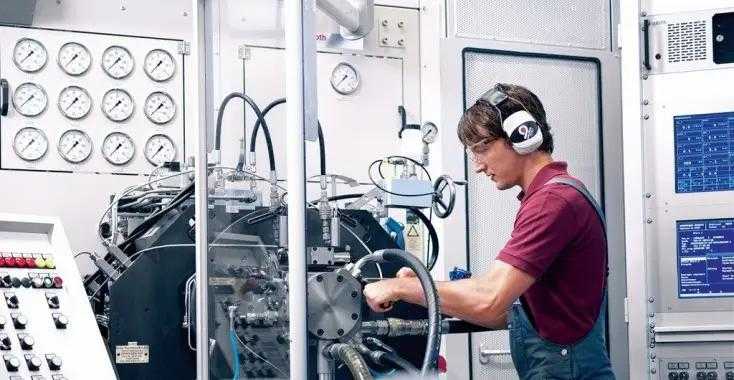
What are the industrial applications?
Hydrostatic testing is frequently used in industry to assess the integrity and provide guidance for efficient repairs of:
Fire suppression systems
Newly installed or modified gas, water, and other-fluid piping systems
Leads, tanks, and reactors used in industrial processes
Heat exchangers
Air compressor and storage and distribution systems
Material discontinuities created during the casting and welding of equipment can be found via hydrostatic testing. These imperfections include cracks, ductile tearing, sand inclusions, localized hard patches, gas pinholes, shrinkage/thinning, and gas porosity. For equipment used in manufacturing, storing, and transporting goods over a wide range of various industrial areas, these applications are required and readily available.
How often hydrostatic testing is performed?
The majority of the containers evaluated is made of stainless steel and are designed to handle modest pressures. According to Department of Transportation regulations, containers like fire extinguishers must undergo hydrostatic testing every third, fifth, and tenth year in the United States. Proof pressure test or modified hydrostatic test terms are used to describe this testing after the initial test. However, the testing kind and frequency are determined by the container itself and by the manufacturer’s standards. For instance, low-pressure containers like fire extinguishers must be inspected after every five or ten years while high-pressure gas containers must be tested every two years.
Ultimately, when seeking hydrostatic testing services, industrial firms must make decisions based on the conditions of the job and the characteristics of the system to be tested.

